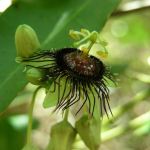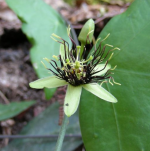MagicGing
Rising Star
while i was chatting with hyperspace fool about his passiflora use in the past, he said fresh passiflora leaf is nearly 10x as potent, compared to dried leaf
also, in regards to the above post, hyperspace fool also said that he had smoke fresh (like still wet) passiflora leaf while on mushrooms and it would turn into a aya like experience, very noticable difference of effects.
also, i have tons of incarnata growing wild all around me and is native to the area
i cant tell you how greatful i am for this thread, nen888
also, in regards to the above post, hyperspace fool also said that he had smoke fresh (like still wet) passiflora leaf while on mushrooms and it would turn into a aya like experience, very noticable difference of effects.
also, i have tons of incarnata growing wild all around me and is native to the area
i cant tell you how greatful i am for this thread, nen888





